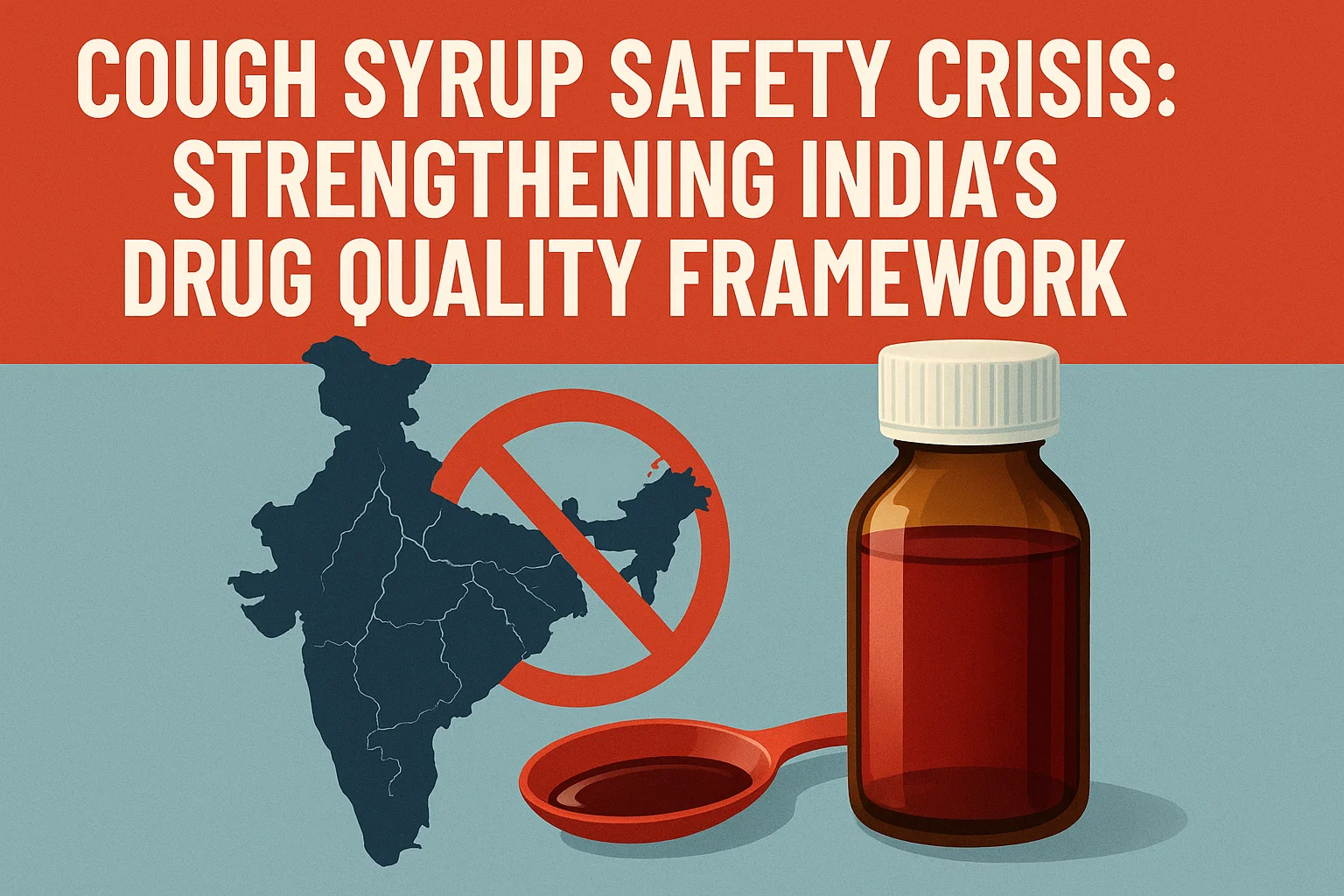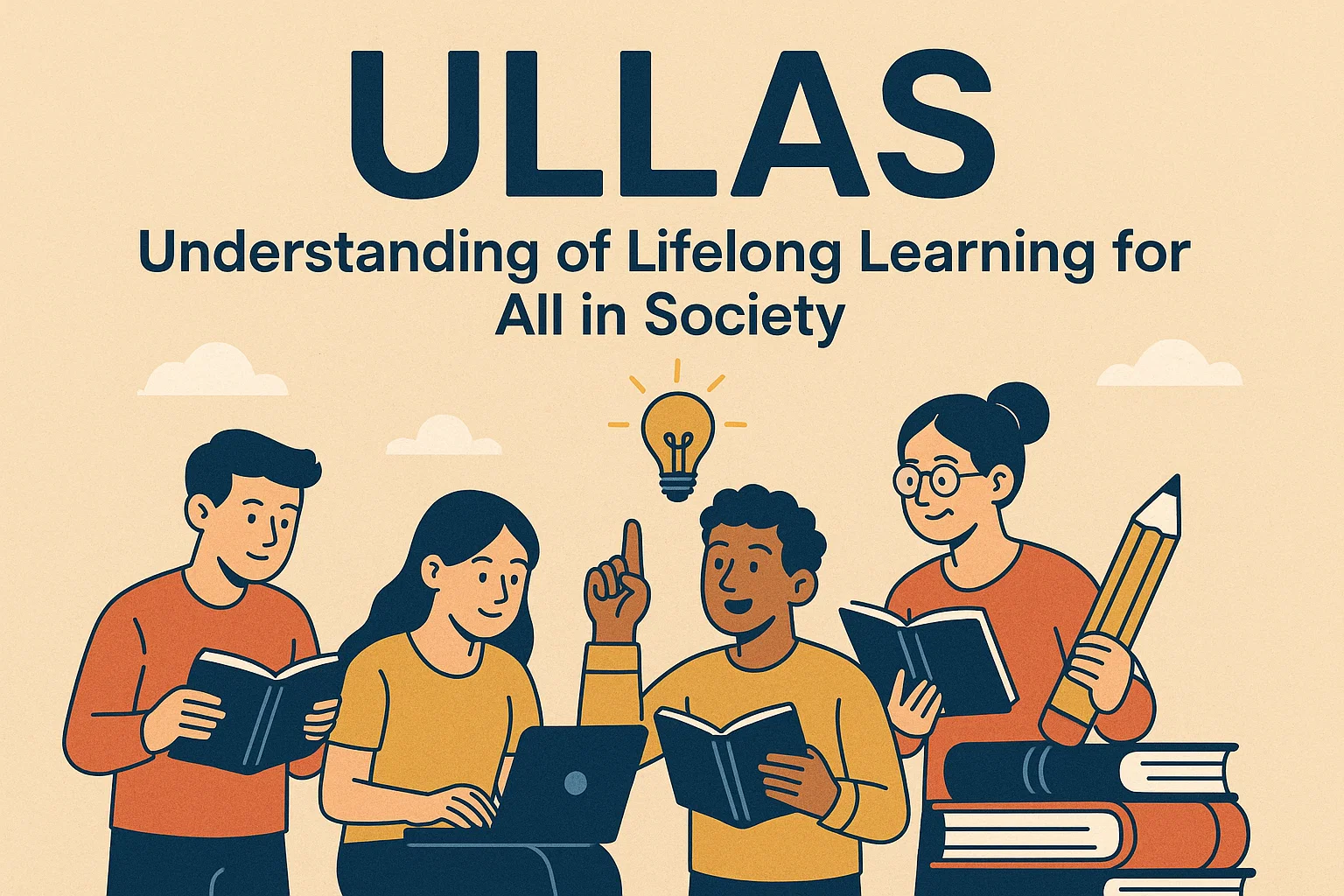Font size:
Print
Evolution of Sports in India
A look at India’s sports policy journey
Context: The history of sports in India stretches back to prehistoric times, when physical skills like archery, wrestling, swimming, and climbing were essential for survival rather than recreation.
More on News
- These ancient activities laid the foundation for the organised individual and team sports we see today.
- Sports evolved alongside India’s culture, from survival practices to avenues for recreation, discipline, and national pride.
What Was the State of Sports Policy in Post-Independence India?
- Nation-Building: Following independence in 1947, India’s primary focus was nation-building — tackling poverty, healthcare, and education.
- Less Priority: As a result, sports did not receive top priority in policy planning.
- However, India made a significant regional statement by hosting the first Asian Games in 1951.
- AICS: The government formed the All-India Council of Sports (AICS) in 1954 to advise on policy and support athletes.
- Despite this, budgetary constraints hindered India’s participation in international events.
- Exceptions: Notable exceptions in this period include India’s dominance in Olympic hockey (1920–1980) and the emergence of athletics legends like Milkha Singh, Gurbachan Singh Randhawa, and Kamaljeet Sandhu, the first Indian woman to win individual gold at the Asian Games.
When Did India Introduce Its First National Sports Policy?
- Separate Department: A turning point came with the 1982 Asian Games in New Delhi, which spurred the government to establish a Department of Sports under the Ministry of Human Resource Development.
- National Policy: This led to India’s first National Sports Policy (NSP) in 1984, aiming to: Improve sports infrastructure, Promote mass participation, Enhance elite athlete development, and Integrate sports into education (formalised in the 1986 National Education Policy).
- SAI: The Sports Authority of India (SAI) was also established in 1986 to implement these reforms.
- However, between 1986 and 2000, policy execution remained weak, and public-private engagement in sports was minimal.
How Did Liberalisation in 1991 Impact Indian Sports?
- Awareness: A rising middle class, greater media exposure, and cable television created more awareness and aspiration.
- Draft NSP: A Draft NSP in 1997 recognised this, suggesting that States focus on mass participation, while the Union Government handle elite sports development.
- However, the draft was never finalised into policy.
What Major Sports Reforms Took Place After 2000?
- Dedicated Ministry: In 2000, a dedicated Ministry of Youth Affairs and Sports (MYAS) was formed.
- Revised Policy: A revised National Sports Policy was released in 2001, setting clearer targets for participation and performance.
- Olympic Success: India saw modest Olympic success with medals from Rajyavardhan Rathore (2004), Abhinav Bindra (2008), Vijender Singh (2008), and Mary Kom (2012).
- Sports Code: To strengthen sports governance, the National Sports Development Code (NSDC) was introduced in 2011.
- It tackled transparency, anti-doping, age fraud, gender inclusion, and federation accountability, though implementation lagged behind intent.
Which Key Government Schemes Are Supporting Indian Athletes?
- TOPS (Target Olympic Podium Scheme, 2014): Supports elite athletes with coaching, training, and infrastructure.
- Khelo India (2017): Identifies grassroots talent through school and university sports.
- Fit India Movement (2019): Encourages nationwide physical fitness and activity as public health priorities.
Is India Ready to Host the Olympic Games?
- India’s aspirations to host the 2036 Olympic Games have gathered momentum.
- In 2024, the government released the Draft National Sports Policy and Draft National Sports Governance Bill for public consultation.
- On July 1, 2025, the final version — “Khelo Bharat Niti 2025” — was officially announced, aligning with India’s Olympic bid.
- Other pending reforms, like the National Code for Good Governance in Sports (2017), should also be finalised.
- India recently topped WADA’s global doping list, highlighting the urgent need for institutional accountability, scientific training, and ethics in sport.
- To truly become a global sporting nation, India must now prioritise: Scientific coaching and physical literacy, Reforms in sports education, and Sustained public and private sector cooperation.


